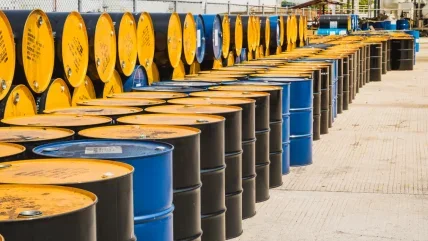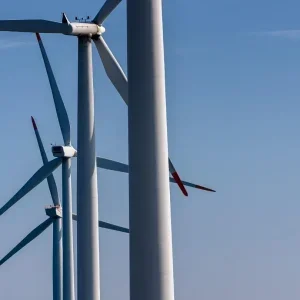
The US Energy Information Administration (EIA) anticipates a reduction in global demand growth for petroleum products through 2026, driven by recent global trade policies and shifts in oil production. This is expected to lead to lower oil prices than previously projected.
In its April Short-Term Energy Outlook (STEO), the EIA highlights significant uncertainties affecting energy supply, demand, and pricing. The forecast is based on current market conditions, which have been influenced by recent developments.
Notably, US President Donald Trump enacted a minimum 10% tariff on imports from all countries this month, with higher tariffs on select nations. Additionally, OPEC+ announced last week that some countries will advance their planned oil production increases to May from July.
These announcements led to a 12% drop in Brent crude oil spot prices, reaching $68 per barrel by 4 April 2025.
The EIA now projects global oil and fuel demand to grow by 900,000 barrels per day (bpd) in 2025 and 1 million bpd in 2026, which is 0.4 million bpd and 0.1 million bpd less than last month’s forecast, respectively.
The agency foresees continued growth in US and global oil production as OPEC+ accelerates production increases and the US exempts energy from its recent tariffs. Global oil inventories are expected to rise mid-2025, but market uncertainty may result in lower economic growth, potentially reducing petroleum demand growth.
The EIA predicts Brent crude oil prices to average below $70 per barrel in 2025, dropping to just over $60 per barrel in 2026—around 10% lower than March’s forecast.
Additional factors influencing oil prices include existing sanctions on Russia, Iran, and Venezuela. For gasoline, the EIA forecasts US retail prices for regular-grade gasoline to average about $3.10 per gallon this summer, largely due to lower crude oil prices.
China’s retaliatory tariffs on US goods are expected to impact propane exports significantly, which will lead to an increase in US Gulf Coast propane inventories.
The EIA also projects US natural gas demand to grow by 4% in 2025 to average around 115 billion cubic feet per day, driven by an 18% increase in exports and a 9% rise in residential and commercial space heating consumption.
US natural gas inventories ended the withdrawal season 6% below the five-year average due to colder weather in early 2023.
Recently, oil prices fell to their lowest levels since February 2021 after US President Donald Trump’s newly implemented tariffs became effective.






